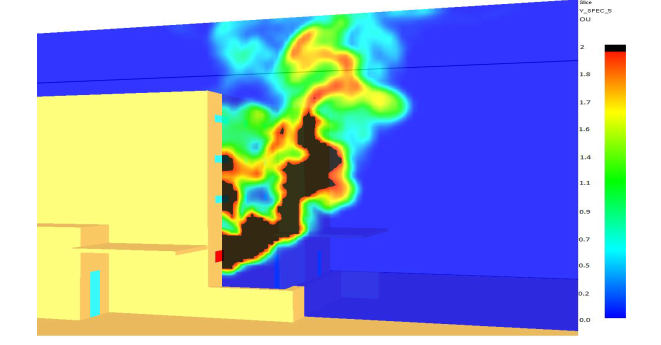Odour Nuisance Risks
The guidelines provided to us from the Queensland EPA states that if they have received an odour complaint about a kitchen that produces 10 OU they will consider prosecuting the owner. In such scenarios, the Queensland EPA will acknowledge there is an odour nuisance and will request the owner to reduce the odour exhausted to <5 OU. For reference, a typical burger kitchen exhaust system can be in the range of >700 OU without treatment. Here at SEED, we use dispersion modelling and a range of on-site measurement techniques (compliant to AS 4323.3:2001) to determine what circumstances an odour complaint may be justified.

Additionally, due to building and tenant restrictions, the exhaust may be unable to be discharged in the position or manner dictated by the Australian Standards. SEED is able to achieve compliance via an engineered discharge and performance approaches that use effective exhaust cleaning techniques to minimise odour nuisance risk.
Odour management services SEED provides include:
- Compliance requirements,
- Odour risk modelling,
- Engineered design, and
- Odour testing and certification.
These services are provided regularly upon request.
